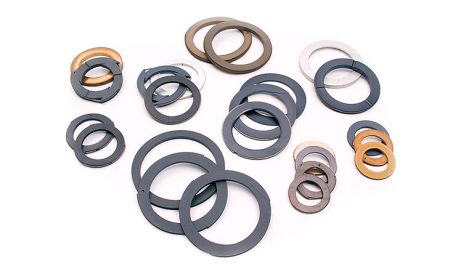The composition of 304 stainless steel is 66-75% iron, 18-20% chromium, and 8-10.5% nickel, with traces of silicon, carbon, manganese, phosphorus, Sulphur, and other elements. It has a density of around 8 grams per cubic centimeter.
Over 50% of the stainless steel consumed by the global market is of the most widely produced grade, 304. Similar to around 70% of stainless steels manufactured commercially, the substance is austenitic. The addition of nickel to the alloying mixture causes the material’s molecular structure, which is referred to as “austenitic.”
304 Stainless Steel Properties, include:
outstanding ability to withstand rusting
no magnetic field after annealing
the capacity to labor hard
high ductility and simplicity in formation
Outstanding weldability, with or without additives
hygienic and simple to maintain
good performance at temperature extremes
The carbon percentage of typical 304 stainless steel is roughly 0.08%. The 304L and 304H variants, which have lower carbon contents of 0.03% and up to 0.1% respectively, are other members of this family. Due to its higher ductility and reduced carbon content, 304L is frequently utilized for large welding components. Because of its higher carbon content, which contributes to increased strength, 304H is generally employed in high-temperature applications.
The yield strength of austenitic stainless steel is much less than its tensile strength when compared to mild steel. The yield strength of austenitic stainless steel falls between 40% and 45% of its tensile strength, compared to mild steel’s yield strength of between 65% and 70%.
Cold working the material can greatly increase this yield strength. By using cold working, stainless steel that is used to make spring wire, for instance, can have its yield strength increased to as much as 8% of its tensile strength.





